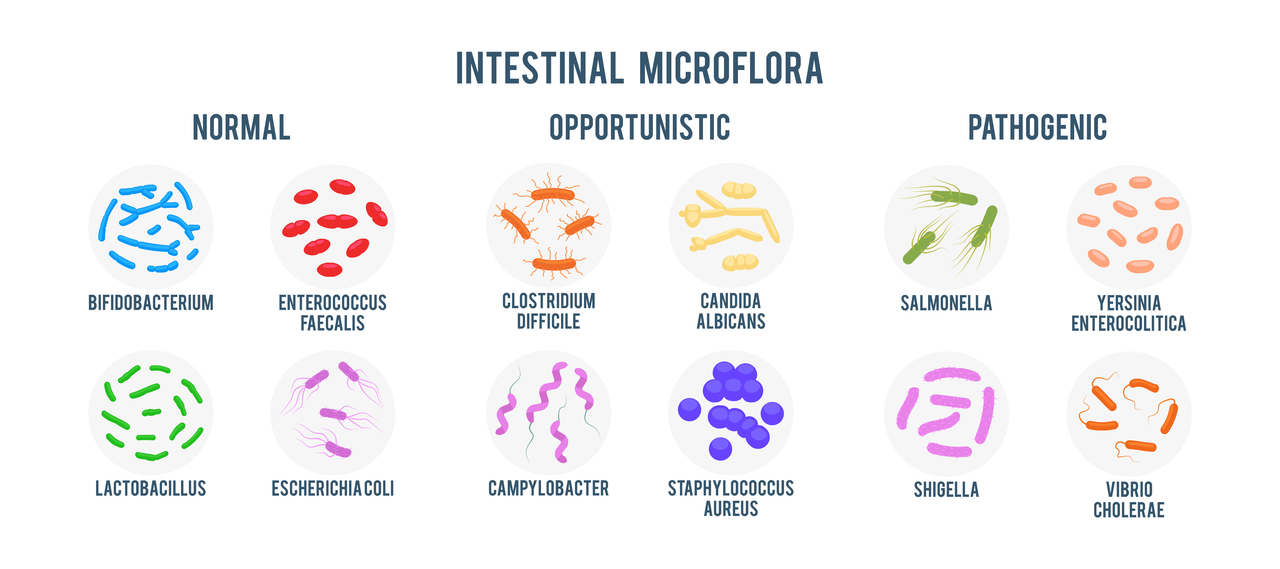21.5 Bacteria as pathogens
All microorganisms that we cannot see with the naked eye are considered microbes. Viruses also belong to the group of microbes, although they are not otherwise considered living organisms. Most microbes are completely harmless to humans, but some can act as pathogens.
Bacteria are extremely small microbes: their size ranges from about 0.0005 to 0.7 millimeters in diameter. Although they are the smallest cells in the living world, they are very important to life on Earth. Some bacteria are even able to photosynthesize (e.g. cyanobacteria). Some, in turn, decompose other organisms for food. This also benefits plants that receive some of the nutrients broken down by bacteria. Some bacteria live in symbiosis with other organisms. A couple of kilograms worth of bacteria live in the human intestines and skin. These bacteria are not harmful to humans.

The anatomy of a bacterial cell.
The bacterial cell is surrounded by a cell wall and a cell membrane. The cell is filled with cytoplasm, different membraneous structures and a single chromosome. In addition to the chromosome, small circular plasmids also contain some of the bacterium's DNA. Some bacteria still have a slimy capsule around them and may also have pili (singular pilus) and a flagellum. The pili and the flagellum help the bacterium swim in a moist environment.
Bacteria multiply asexually by dividing in two. The fastest bacterial cells can divide once every 20 minutes. This is why the number of bacteria grows rapidly in favorable conditions. When under unfavorable conditions, bacteria do not multiply at all. However, they can survive challenging conditions, such as boiling water or extreme drought, by "going into sleep". When this occurs, the bacteria transforms its cell structure into a durable resting form.
Bacteria can be controlled with antibiotics. Antibiotics are substances that prevent bacteria from dividing. When the number of bacteria remains low, they do not cause symptoms, and the body’s white blood cells are better able to fight them off. In order for antibiotics to work, their concentration must be kept steadily high in the body. Because of this, a course of antibiotics prescribed by a doctor must be eaten to its very end, even if the symptoms caused by the bacterium disappear before the end of the course. Bacteria can develop a resistance to antibiotics, after which the use of that antibiotic is futile. Bacteria that are resistant to many of the most common antibiotics are called nosocomial bacteria.
Bacteria can be identified by their structure and shape. Today, however, genetic identification methods are more often used, especially in medicine. Some bacteria are also protogenic.
